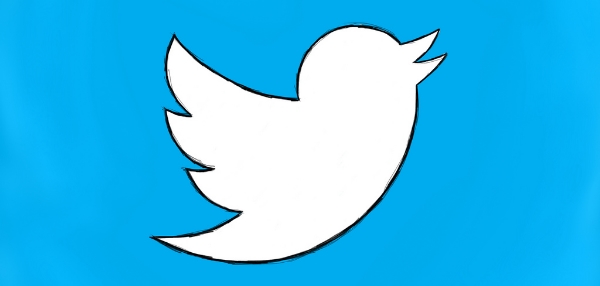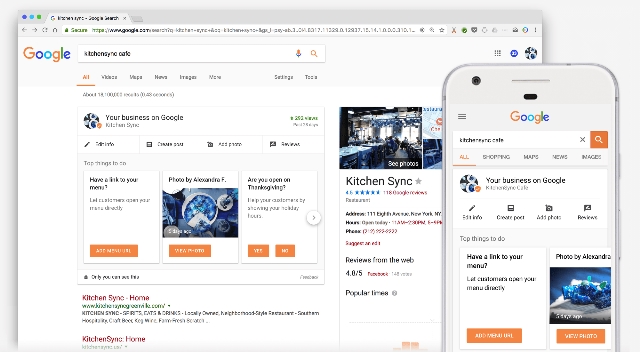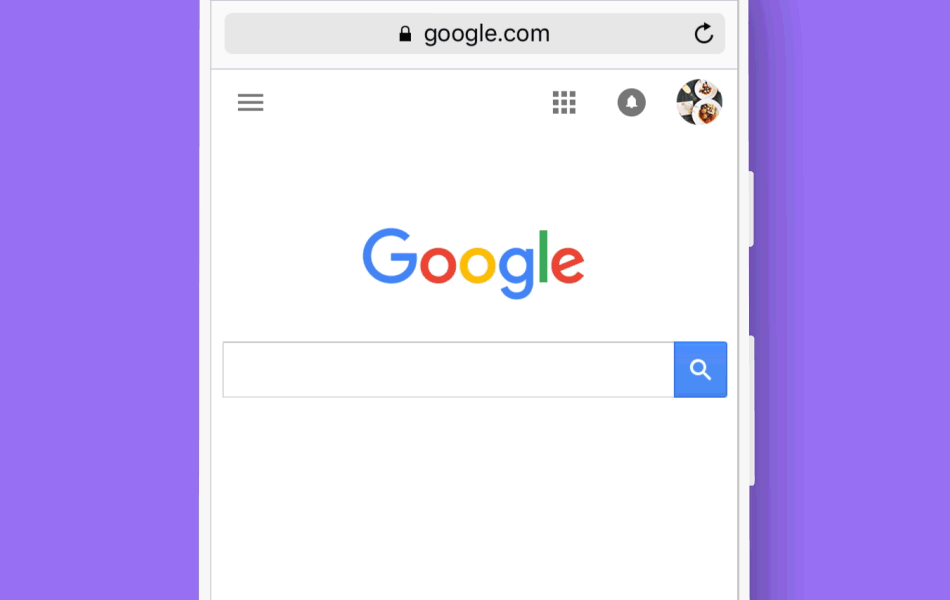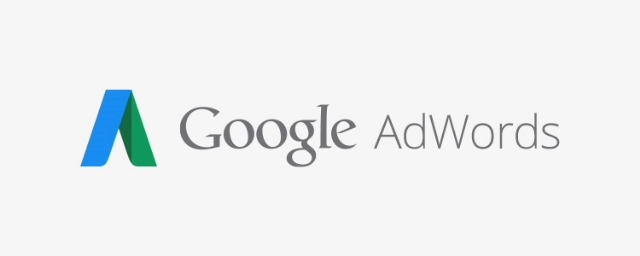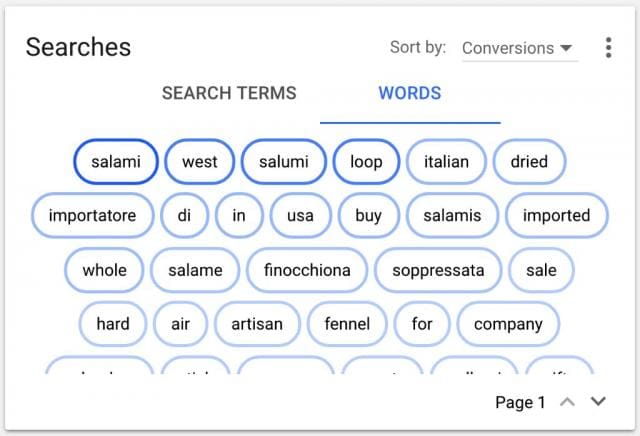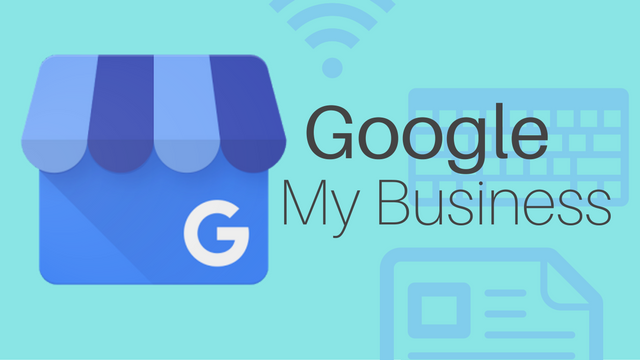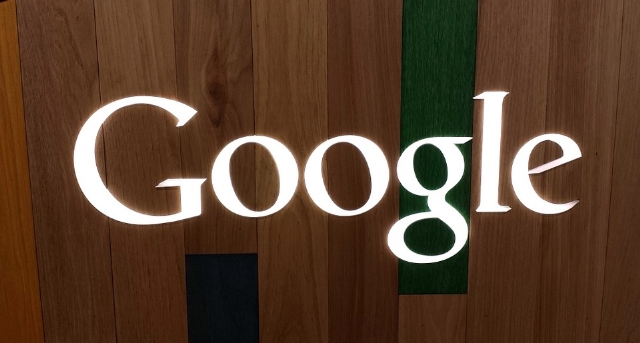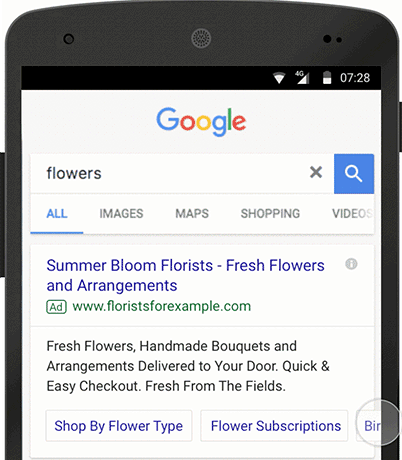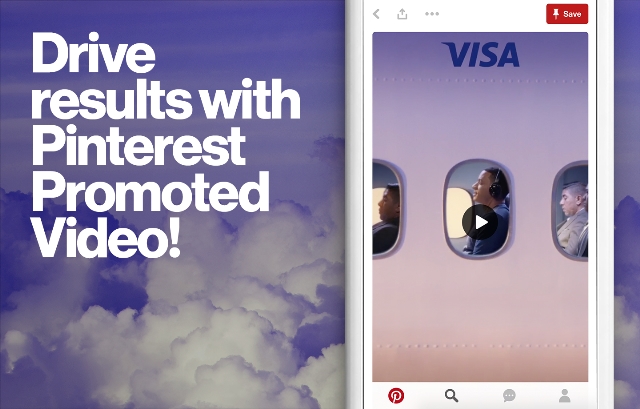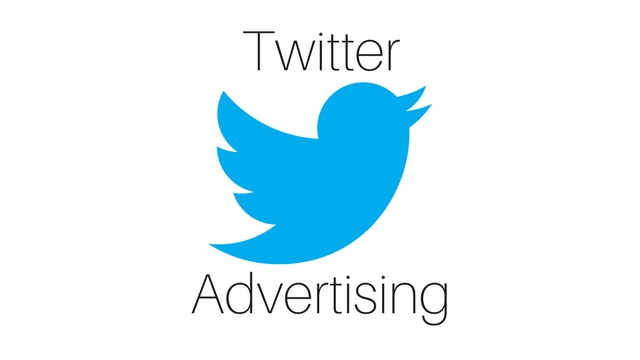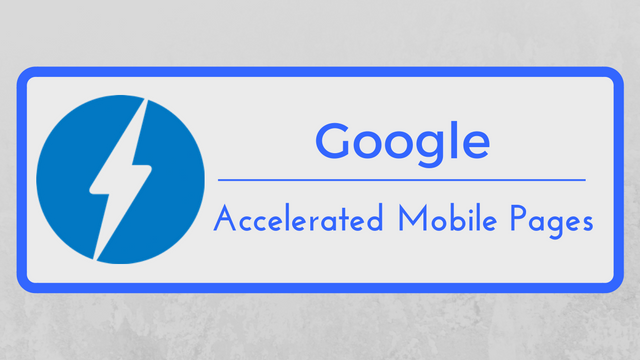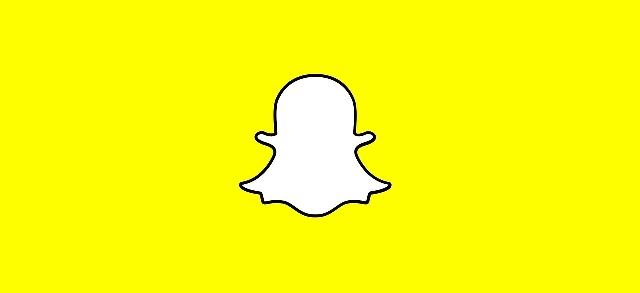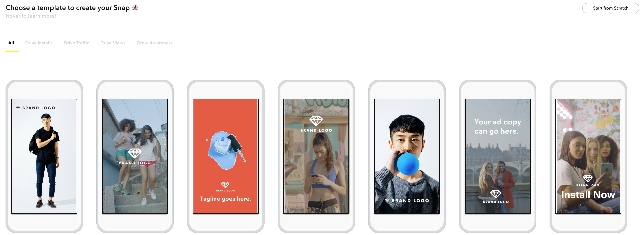
Instagram is quickly growing from just a platform for users to share pictures and videos towards a fully-fledged combination of social media and shopping. With the help of Shopify, Instagram is rolling out a new feature allowing “thousands” of merchants to seamlessly sell their products through Instagram just in time for the holiday shopping season.
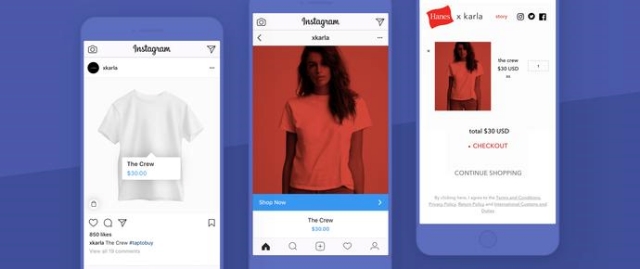
The feature allows selected merchants to tag items in their Instagram posts to mark that they are available for purchase. When viewers see the post, they can easily click the tags to directly purchase the items without ever having to leave Instagram.
The feature has been in limited testing for almost a year, but it has been restricted to just a small number of high-profile brands like Warby Parker and Kate Spade. Since then, they’ve been gradually opening the feature to a few other merchants through Shopify.
The early response to this testing has been enthusiastic, so Shopify has now decided to expand the feature to a larger testing group including “many thousands” of merchants. They say they expect to roll it out even more widely in the near future, but they want to test and refine the system before a complete launch.

